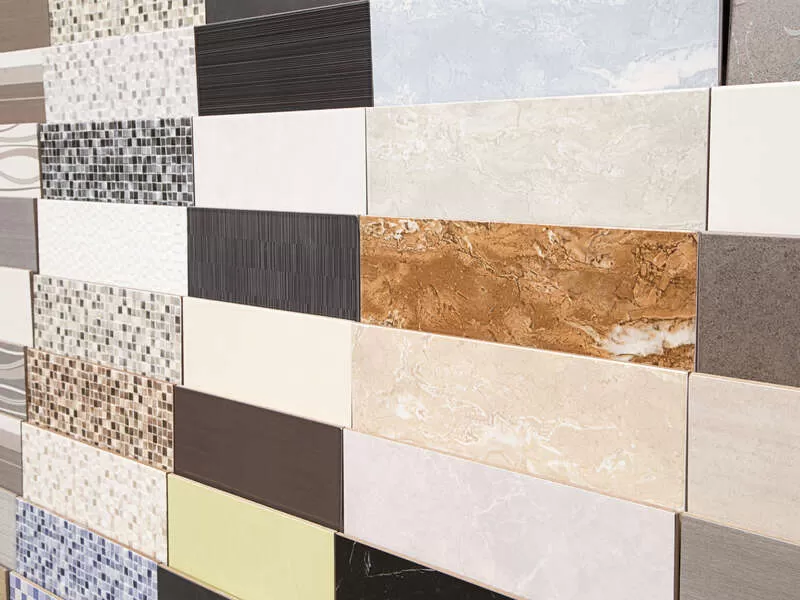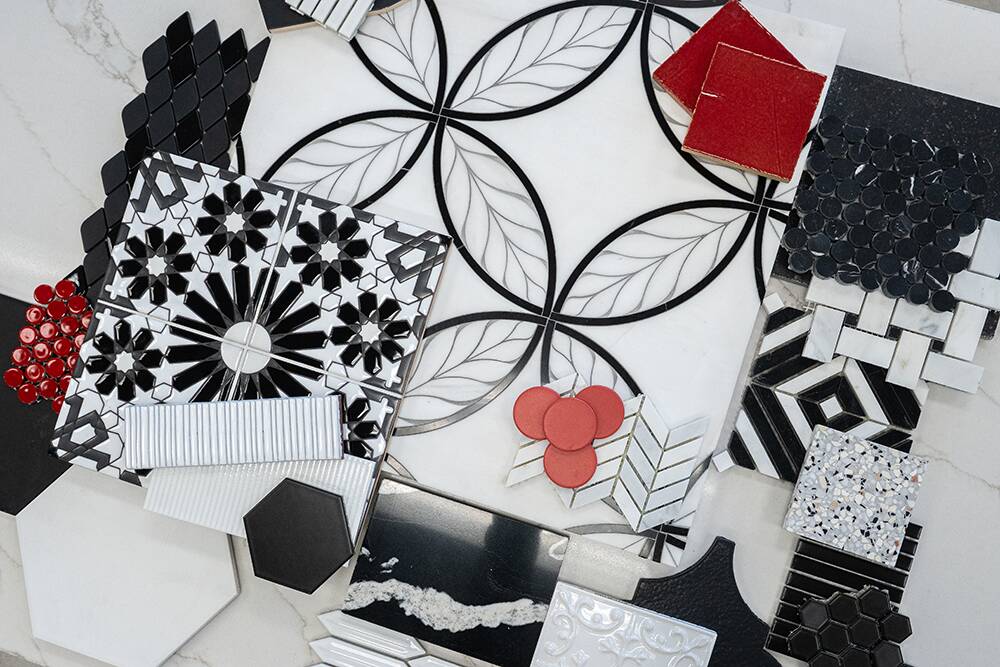Porcelain vs. Ceramic Tile: Which One Is Right for Your Project?
When it comes to tiling your home, porcelain and ceramic tiles are two of the most popular choices. Both offer durability, style, and versatility, but they also have key differences that may make one more suitable for your specific needs. Whether you're planning a bathroom renovation, a new kitchen backsplash, or a complete flooring overhaul, understanding the pros and cons of porcelain and ceramic tiles can help you make the best decision for your space.
The Basics: What Are Porcelain and Ceramic Tiles?
Both porcelain and ceramic tiles are made from a mixture of clay, sand, and other natural materials that are shaped and then baked at high temperatures. The key difference lies in their manufacturing process:
- Porcelain tiles are made from a more refined clay and are fired at a higher temperature than ceramic tiles, making them denser, more durable, and less porous.
- Ceramic tiles are slightly less dense and typically more affordable, but they still offer excellent durability for many indoor projects.
Porcelain Tiles: The Strong, Durable Choice
Porcelain tiles are known for their strength and water resistance, making them a popular choice for both residential and commercial projects. Here’s why you might choose porcelain:
Pros of Porcelain Tile:
- High Durability: Porcelain is incredibly hard, making it resistant to scratches, cracks, and chips. It's ideal for high-traffic areas like hallways, kitchens, and outdoor spaces.
- Water Resistance: With a water absorption rate of less than 0.5%, porcelain is highly water-resistant, making it perfect for bathrooms, kitchens, and even outdoor patios.
- Frost Resistance: Because of its low porosity, porcelain can withstand freezing temperatures, making it a great choice for outdoor use in colder climates.
- Design Versatility: Available in a wide range of colors, textures, and styles, porcelain tiles can mimic the look of natural stone, wood, or concrete, offering endless design possibilities.
Cons of Porcelain Tile:
- Higher Cost: Porcelain tends to be more expensive than ceramic due to its higher durability and refined manufacturing process.
- Difficult Installation: Its hardness makes porcelain more challenging to cut and install, often requiring professional installation.
- Weight: Porcelain tiles are heavier than ceramic, which can be a factor if you’re installing on walls or upper floors.
Ceramic Tiles: The Versatile and Affordable Option
Ceramic tiles offer a balance of durability and affordability, making them a go-to option for many homeowners. They are versatile and suitable for a variety of interior projects.
Pros of Ceramic Tile:
- Affordable: Ceramic tiles are generally more budget-friendly than porcelain, making them a great option for large projects or for those on a tighter budget.
- Easy to Work With: Ceramic is softer than porcelain, making it easier to cut and install, which can save time and installation costs.
- Variety of Designs: Like porcelain, ceramic tiles come in a wide array of colors, finishes, and patterns, allowing for a lot of creative freedom in design.
- Great for Walls: Due to their lighter weight, ceramic tiles are easier to install on walls and backsplashes.
Cons of Ceramic Tile:
- Lower Durability: Ceramic tiles are more prone to chipping and cracking compared to porcelain, especially in high-traffic areas.
- Higher Water Absorption: Ceramic is more porous, so it absorbs more water than porcelain, making it less ideal for wet areas like showers or outdoor use.
- Not Frost-Resistant: Ceramic tiles are not recommended for outdoor use in freezing climates as they may crack in cold temperatures.
Best Applications for Porcelain vs. Ceramic Tiles
When to Choose Porcelain Tile:
- High-traffic areas: Porcelain’s durability makes it a great choice for floors in entryways, hallways, kitchens, and commercial spaces.
- Outdoor use: Thanks to its water and frost resistance, porcelain is perfect for outdoor patios, driveways, and pool areas.
- Wet areas: Bathrooms, showers, and any other areas with frequent moisture are best suited to porcelain due to its low water absorption rate.
When to Choose Ceramic Tile:
- Budget-friendly projects: If you’re working with a smaller budget, ceramic tiles offer an affordable yet stylish solution for walls, floors, and backsplashes.
- Interior walls and backsplashes: Ceramic tiles are easier to work with and install, making them ideal for decorative walls and kitchen backsplashes.
- Low-traffic areas: If your project is in a less frequently used area, like a guest bathroom or a laundry room, ceramic can provide a great balance between cost and durability.
Conclusion: Which Tile Is Right for You?
The choice between porcelain and ceramic tiles ultimately comes down to where you’re installing them and your specific needs. If you need a tile that can withstand heavy use, water exposure, or outdoor conditions, porcelain is likely the better choice. However, if you're looking for an affordable and versatile option for indoor walls or light-traffic floors, ceramic could be the perfect solution.
At the end of the day, both materials can help you create beautiful, long-lasting spaces in your home. Visit our tile showroom Santa Ana, CA in to explore a wide range of porcelain and ceramic tile options and let our team help you make the right choice for your next project.

